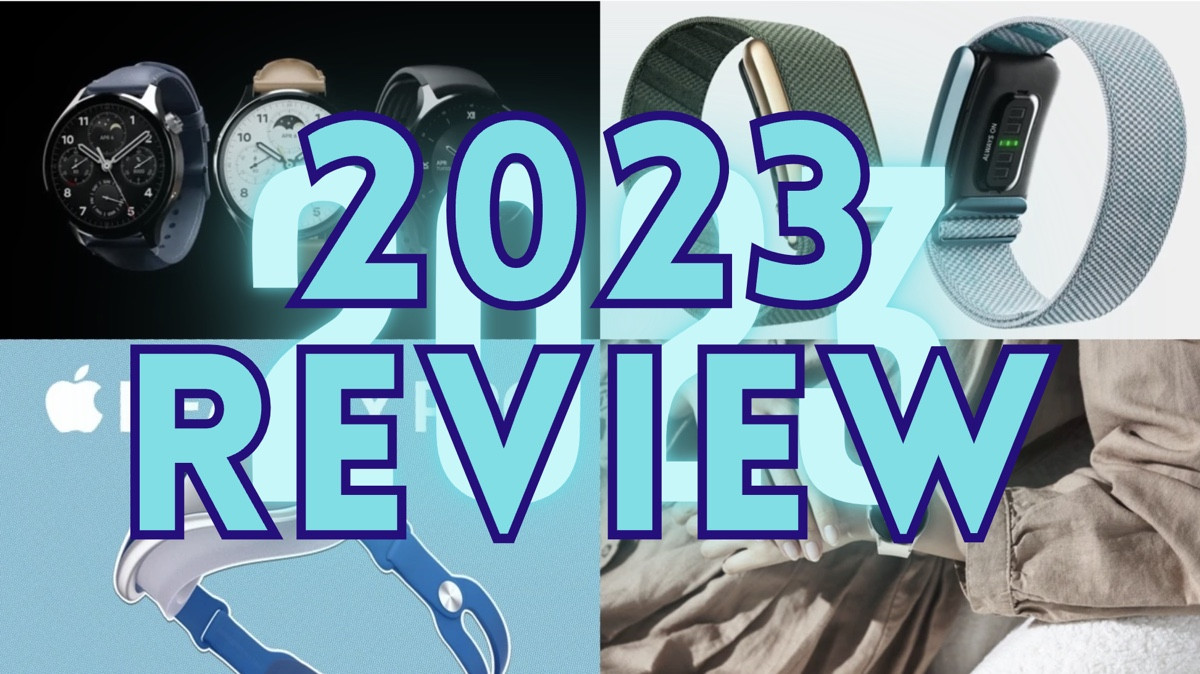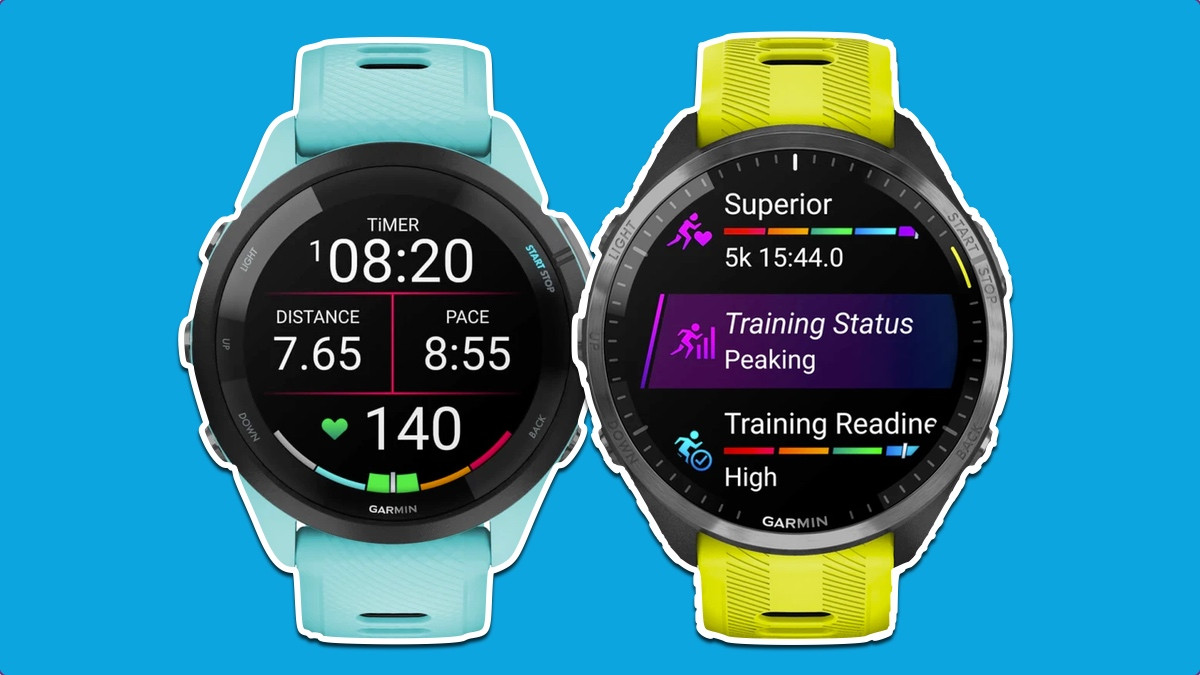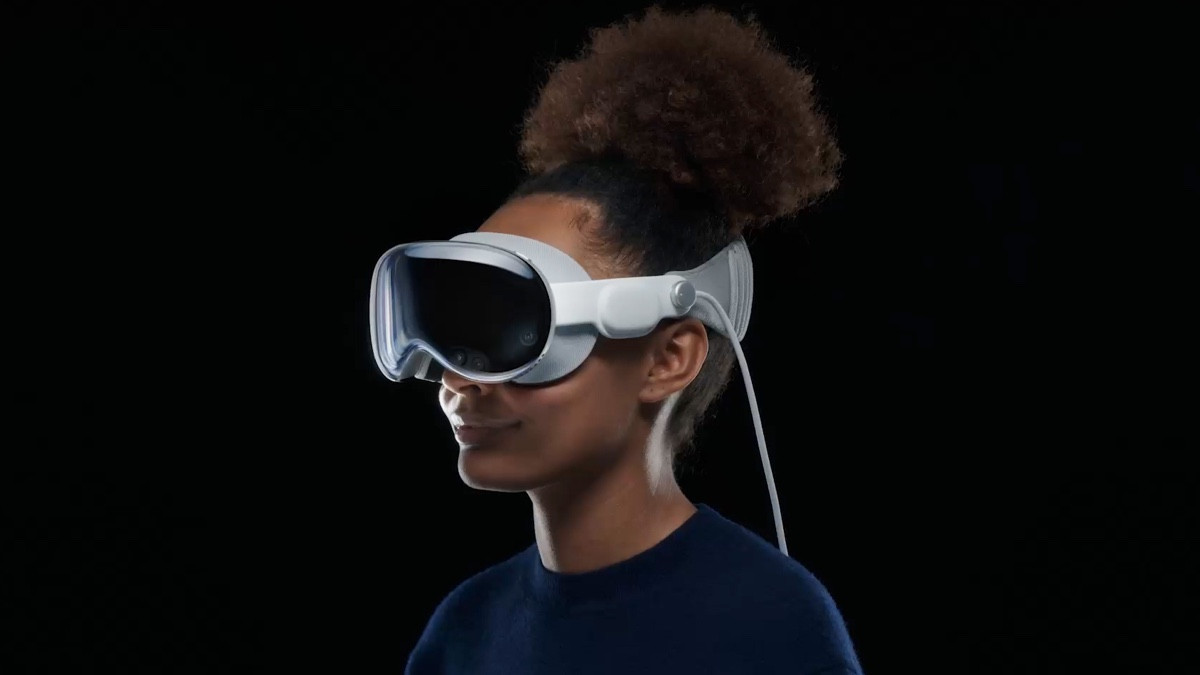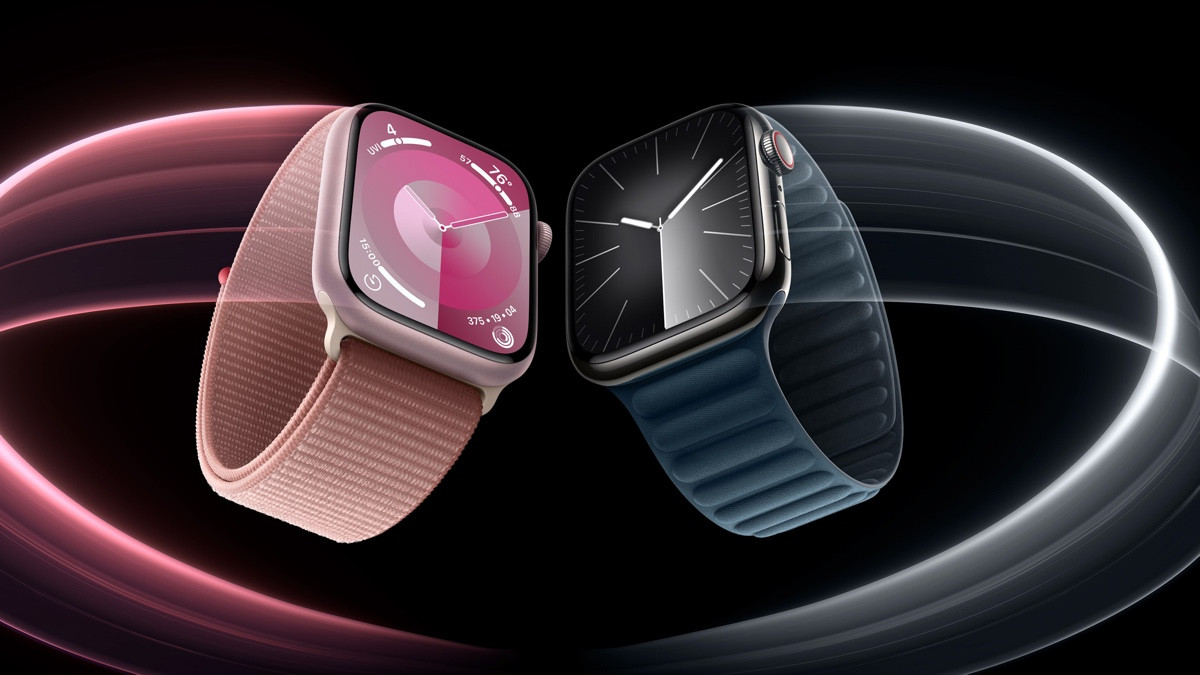
Welcome to our wrap-up of wearable tech in 2023 – and all the biggest stories that hit the headlines.
Our month-by-month recap takes us through a journey of the year that was.
From Apple's huge Vision Pro launch to some of the smaller, but no less importnt happenings of the year, let's look back.
January
The year kicked off with a bang at CES, showcasing the future of wearable tech.
The Withings U-Scan was a standout, with its urine-based health tracking, revealing health insights every time you wee.
Fossil embraced wellness with its Gen 6 Wellness, boasting SpO2 and stress tracking – but it would be the last we’d see from the company in 2023, and it seems likely it will pull out of wearables altogether.
Movano's Evie – a women's health-focused smart ring – ring joined the fray, quietly monitoring sleep, activity, and stress with understated elegance. However, it will launch in 2024, after missing its September 2023 launch date.
Away from CES, Fitbit's decision to remove features from some smartwatches sparked controversy, with users lamenting the loss of music storage, on-device payments, and app support for Versa and Sense devices.
And Garmin took the wearables world by surprise by seeking FDA approval for an ECG feature.
February
Wear OS received a much-needed boost with a major update, finally landing Google Maps on smartwatches.
Samsung continued its women's health-focused push, integrating temperature-based fertility tracking into the Galaxy Watch 5 via Natural Cycles.
Whoop raised the bar on fitness insights, adding stress tracking and rep tracking alongside its recovery features.
Meanwhile, legal battles unfolded that would set the tone for the year ahead. The Biden administration opted not to veto an Apple patent dispute with AliveCor over its ECG technology, which still rumbles on.
A leaked Galaxy Ring patent hinted at Samsung's future ambitions in the finger-worn wearables space, although it didn't materialize in 2023.
Finally, Polar's training algorithms found a new home in Casio's G-Shock GBD-H2000, the first time they had been used on third-party devices.
March

Garmin stole the show in March with the launch of the Forerunner 265 and 965, both sporting AMOLED displays for the first time.
The budget-friendly Amazfit GTR Mini joined the party, offering surprisingly good value for its price tag.
Oura, the sleep tracking king, didn't sit idle, refining its sleep insights with chronotypes and body clock analysis, delving deeper into nocturnal patterns.
April
April saw Amazfit unleash an AI running coach powered by natural language processing, turning your watch into a virtual training partner – which showed how wearable companies might embrace AI.
Huawei made waves with the Watch Ultimate, taking a shot at the luxury market.
Apple dropped hints about Quartz, a potential AI assistant for health and wellness, showing that every wearable brand was looking at artificial intelligence and natural language processing.
May
May marked a turning point for Wear OS with the highly anticipated arrival of Wear OS 4 at Google I/O. The revamped design and improved performance breathed new life into the platform, and would debut on the Galaxy Watch 6 in August.
Google revamped its digital health offering with Health Connect, a centralized data hub. It comes after its acquisition of Fitbit, which takes center stage on its Pixel Watch smartwatches, and showed that the company has big health ambitions.
June

Apple's biggest surprise was undoubtedly the unveiling of Vision Pro, its first venture into spatial computing. This mixed-reality headset, boasting ultra-high-resolution displays, the groundbreaking R1 chip, and advanced eye and hand tracking is more than a VR headset.
But who it's aimed at is still unclear. Despite a hefty price tag of $3,499 and a planned early 2024 release, Vision Pro reignited interest in VR – even if it hasn't solved any of its biggest questions.
Oura announced a partnership with various CGM apps, including Veri, January, and Supersapiens to bring continuous glucose monitoring (CGM) support to its smart ring, opening doors for deeper metabolic insights.
Sadly, June also saw Google pulling the plug on its Iris smartglasses project, putting its augmented reality future on hold.
July
Xiaomi went big with the Mi Band 8 Pro, boasting a larger display and advanced health tracking features at its signature budget-friendly price.
Samsung came back with the Galaxy Watch 6 duo, offering improved health features and longer battery life. It debuted Wear OS 4, and brought back the rotating bezel to the Watch 6 Classic line.
August
Garmin prioritized sleep in August with the launch of the Venu 3 and 3S, both featuring a built-in sleep coach and automatic nap detection. It almost immediately dropped the Vivoactive 5, a cheaper, pared back version.
The Venu 3 would go on to win our Wearable of the Year award, and is one of the strongest wearables of the entire year thanks to a useful blend of wellness insights and sports tracking.
September
Wareable
Apple stole the show in September with the launch of the Series 9 and Ultra 2. While minor updates, the addition of the gesture tracking via the Neural Engine on the new S9 processor marked a big leap forward, and could signal a new future of how we control our devices.
Xiaomi took its Mi Smart Band 8 global, after it launched in China earlier in the year. It brought a new focus on clip-on skills, thanks to a new Pebble mode, and saw a slight price decrease.
Google launched of the Fitbit Charge 6, with a closer integration of its services, such as mapping and payments. It also saw a price decrease over its price – although retain the same design and sensor array as the Charge 5.
October
After a disappointing first iteration, the Pixel Watch 2 arrived in October with significantly improved battery life thanks to the Snapdragon W5 processor. However, it didn’t deliver the additional case size we wanted.
November
Humane AI debuted in November with the Pin, a smart wearable focused on promoting emotional well-being through subtle vibrations and prompts.
Meanwhile, Oura started legal action against Ultrahuman, accusing the company f of patent infringement.
December
The year ended on a dramatic note for Apple, as they were forced to halt sales of the Series 9 and Ultra 2 in the US due to a patent dispute with Masimo.
Wareable also released the Wareable Tech Awards winners for 2023, which saw Garmin, Oura, Whoop, Apple, Ultrahuman and more pick-up awards.
How we test
